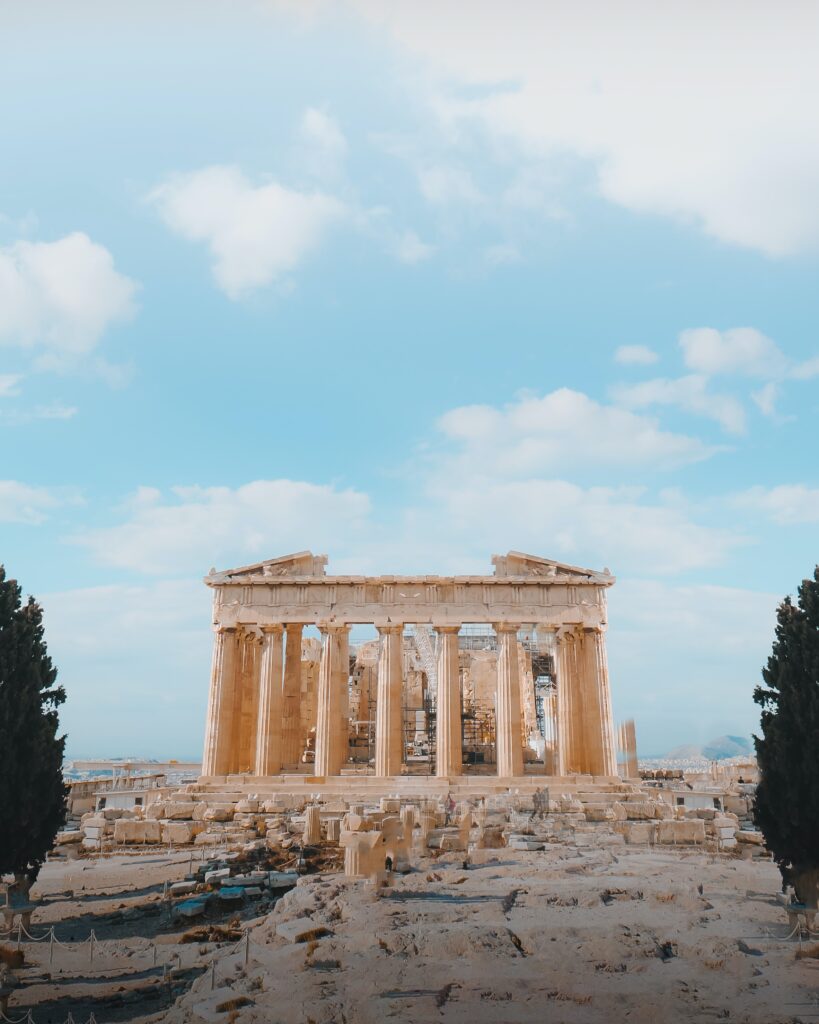Digital disruption isn’t just changing the way we interact with art — but the art community itself.
“In a world filled with crisis after crisis, why do we believe that arts and culture are essential today?”
That was the question Tessitura President Andrew Recinos posed in his welcome address at TLCC, the nonprofit’s annual conference.
It’s true, the world can be a dark place — and it seems increasingly darker every time I open the news. Wars and pandemics might be dominating the news today, but climate change and ongoing police brutality continue whether they pop up in our notifications or not.
Yet this is when we need arts and culture the most. Not just to be able to cope with the world we live in, but to be able to process it, understand it, and become better humans because of it.
For me, the question isn’t only, “Why are arts and culture essential?” as Recinos so poignantly posed, it’s, “Why are arts and culture AND technology essential?”
Digital Disruption as a Catalyst for Cultural Change
A good example is a story I heard during another conference — this one from MuseumNext. In it, the Creative Director of Playlines, Rob Morgan, discussed how one of its virtual exhibitions for the National Gallery of London led to a re-examination of long-held colonial-era beliefs about Titian’s masterpiece “Diana and Actaeon.”
Playlines, which is an augmented reality (AR) design studio, had been granted a residency for National Gallery X, an initiative focused on creating digital prototypes for the museum of the future. Its plan was to increase digital engagement using an AR interface to present multiple interpretations of the artworks on display by multiple experts across diverse disciplines. Users would be able to experience a new type of curation, one that went beyond the official script, but was still mapped to the same painting as part of a singular experience for the user.
But when the lockdowns started, Playlines was forced to adapt its original project. Pivoting, it created an immersive AR experience that allowed users to virtually “hang” the National Gallery masterpieces on the walls of their homes and view them despite the restrictions.
This in and of itself was a fascinating breakthrough, however, its multi-disciplinary and democratic approach also brought about an unexpected, but welcome, consequence of COVID’s digital disruption. The conversations sparked by the AR interface provoked a re-examination of the translation of Ovid’s “Metamorphoses,” the original poem upon which Titian’s “Diana and Actaeon” was based.

Re-Examining Long-Held Beliefs
The poem mentions six nymphs. In Titian’s painting, there are also six women surrounding Diana, five white women and one black woman, who holds Diana’s hair in the painting.
For centuries, the black woman in Titian’s “Diana and Actaeon” had been labeled as the “attendant” to the goddess of the hunt, while the white women were labeled as “nymphs.”
But if there are six women (excluding Diana) in the painting and six nymphs in Ovid’s poem, wouldn’t it make sense that the black woman was also a nymph?
This has scholars questioning if, in fact, the woman is the nymph Crocale, who Ovid cites as being responsible for the goddess’ hair:
Each busy nymph her proper part undrest;
While Crocale, more handy than the rest,
Gather’d her flowing hair, and in a noose
Bound it together, whilst her own hung loose.
– The Transformation of Actaeon to a Stag, Book the Third, Metamorphoses
If the research does pan out, the seemingly simple change in semantics from “attendant” to “nymph” is a change that can have important reverberations as we work to right the wrongs still present in this post-colonial world.
Granted, it won’t solve all the problems, nor those raised by the controversial displays of black women in Renaissance paintings, but it is an important step because it has started a conversation around race in a long-standing institution of a leading nation.
The Power of Art + Technology
This is why even the sometimes uncomfortable topics that arts and culture can touch are so important. They provoke conversation and save us from ourselves. They open us up to new experiences and give us perspective we didn’t know we were capable of seeing. This is the work that needs to be done.
[Read: In Arts & Culture, Digital Channels Can Make Money — If You Know How to Use Them]
And yet we cannot discount the role COVID and its forced digital disruption has played in this conversation. To continue this work, arts and culture organizations need the help of technology to reach news audiences and continue this mission. The conversation about Crocale and Diana wouldn’t have happened as quickly as it did if people were viewing it singularly on the wall in the National Gallery and in their silos. Technology has the power to move us forward faster — and to make the world a more inclusive place.
Together, we can change the world.
+++
Follow TurnStyle® on Facebook, LinkedIn, Twitter, Instagram, and YouTube.




